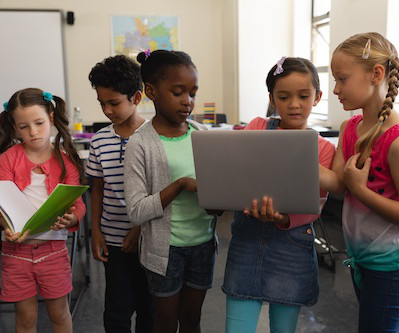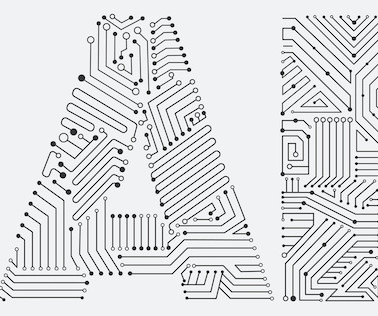What are Tools and Techniques in Education?
eSchool News
APRIL 5, 2024
Summative assessment, on the other hand, evaluates student learning at the end of a unit, semester, or academic year. Examples include standardized tests, final exams, and end-of-course projects, which measure student achievement against predetermined criteria and provide a snapshot of overall learning outcomes.











Let's personalize your content